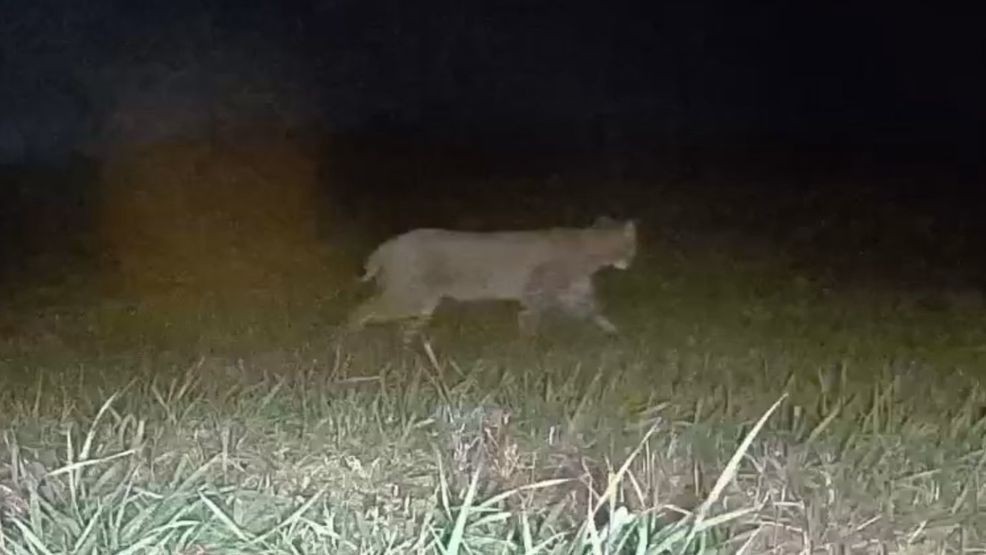CEDAR RAPIDS, Iowa — A recent bobcat sighting in southwest Cedar Rapids has sparked curiosity among residents about the increasing presence of these animals across Iowa.
The bobcat was listed as an endangered species in Iowa in 1977 due to habitat loss. However, as their numbers rebounded, its status moved to a threatened species in 2001 and then a protected species in 2003. It was removed from the endangered species list in 2007.
“We started to see an increase in bobcat numbers coming back into Iowa on their own during the 1990s. Since the early 2000s we’ve seen their numbers continue to grow into other counties, mainly colonizing in the south-to-north direction in Iowa,” Furbearer and Wetland Biologist for the Iowa DNR, Vince Evelsizer said.
Bobcats are one of three wildcat species native to Iowa, alongside the lynx and mountain lion. However, they are the only ones that still maintain established populations in the state.
They are most common in southern Iowa, but now more sightings are being reported as they spread to other parts of the state.
Evelsizer describes the bobcat’s resurgence as a “wildlife success story,” noting the impressive comeback over the past 18 years.
“I think it will be interesting to see if they colonize every county in the state, but right now it’s heading that way,” Evelsizer said.
Adult bobcats live for three to five years on average in Iowa. Experts point out that bobcats are especially attracted to towns located near rivers, where they can find ideal hunting grounds. When they find a spot they’d like to call home, they build dens out of rock shelters or brush piles.
Click HERE to read more fun facts from the DNR about bobcats.
Following their removal from the endangered list, Iowa held its first regulated bobcat hunting season in 2007. Since then, the bobcat population has increased by about 7% annually.
“The bobcat season coincides with our regular furbearer season which is November through February,” Evelsizer said. “Bobcats can be legally harvested with a fur harvester license, and they can be hunted to trapped.”
The number of bobcats a hunter can bag varies by county. For more information, click HERE, or visit the Iowa DNR website.
While it’s not mandatory to report every bobcat sighting in Iowa to the DNR, it is encouraged, especially if the animal appears sick or injured. However, if you legally harvest a bobcat, reporting it is required.

